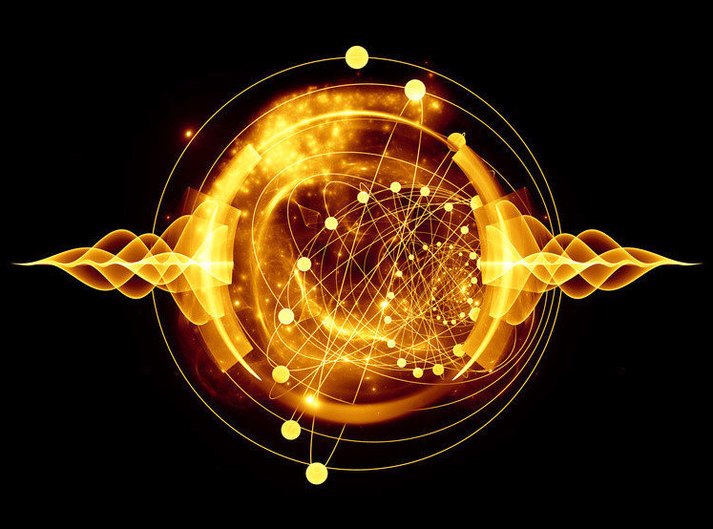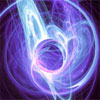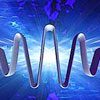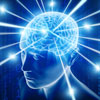Resonance of Strings
According to string theory, absolutely everything in the universe—all of the particles that make up matter and forces—is comprised of tiny vibrating fundamental strings. Moreover, every one of these strings is identical. The only difference between one string and another, whether it’s a heavy particle that is part of an atom or a mass-less particle that carries light, is its resonant pattern, or how it vibrates.
All objects, not just fundamental strings, have resonant patterns associated with them. Pluck the string of a violin and you hear mainly one tone. This is the string’s fundamental resonant pattern, or frequency. And the instrument’s resonance doesn’t stop there. The body of the violin has resonant frequencies, which work to amplify the sound created by the vibrating string. There’s resonance in objects that aren’t musical, too. Your desk has resonant frequencies, and so does a flagpole, and so does the Earth.
[swf src=”http://www.pbs.org/wgbh/nova/elegant/media/resonance.swf” width=700 height=400]
Common Everyday Strings
With some objects, it’s easy to determine a fundamental resonant frequency. Take the everyday, cotton string displayed on the left side of the activity above. Using the up and down arrows to the right, you can view four resonant patterns.
The string expresses its fundamental pattern, or its first harmonic, when the degree of motion applied to it causes it to vibrate at its “natural frequency.” At this frequency, the movement of the string is such that when the vibrational wave bounces off of the fixed end on the left, the reflected wave adds to the motion of the incoming wave. At slightly higher or lower frequencies, the reflected wave works against the incoming wave, canceling out its motion and reducing the overall energy of the wave.
Each resonant pattern is a multiple of the fundamental frequency: The fundamental is half of a complete wave, the second harmonic is a complete wave, the third harmonic is one and a half waves, and the fourth harmonic is two waves. This pattern continues as the speed of the motion being applied to the string increases, theoretically to infinity.
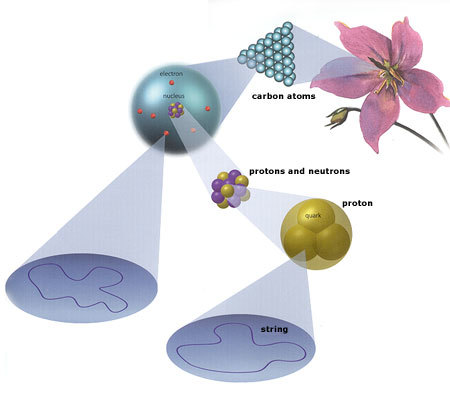 The Fundamental Strings of String Theory
The Fundamental Strings of String Theory
Just like the cotton string, the line of energy that forms the “fundamental string” in string theory also has resonant vibrations, as illustrated on the right side of the screen above. With the strings in string theory, however, the vibrational pattern determines what kind of particle the string is. One resonant pattern makes it a photon, for example, while another makes it a heavy particle found within the nucleus of an atom.
What determines the type of particle is the movement of the string and the energy associated with this movement. According to Einstein’s famous equation E=mc2, energy and mass are equivalent—that is, the more energy something contains, the more mass it has, and vice versa. In string theory, this equivalence accounts for the different masses of different particles: a lower-energy string is lighter (less massive) than a higher-energy string.
String theory also accounts for the characteristics of mass-less particles that carry forces. The carriers of electromagnetic radiation, gravity, and the strong and weak forces—photons, gravitons, gluons, and the weak gauge bosons, respectively—interact with other particles based on their resonant vibrational patterns.

The entire universe can be represented by the few particles included in this table.* It would be even more amazing, then, if these 19 were made of the same elemental constituent. If superstring theory turns out to be true, this will be the case. According to the theory, every one of the “fundamental” particles are made of identical strings, with the only difference between the strings being their vibrational patterns.
*The table lists 19 known particles (17 of which have been experimentally verified, though some of these indirectly). The matter and forces we experience, however, can be represented by about half that number. This table does not list any antiparticles.
The Standard Model, Plus Gravity
On one hand there is quantum mechanics and the standard model, which describes the world of the very small. On the other hand there is general relativity, which describes gravity and the world of the very large. With one exception, all of the particles listed on the table are explained by the standard model. The exception is the graviton, the force particle behind gravity.
Superstring theorists believe they are on their way to developing a framework that incorporates both general relativity and quantum mechanics. If they succeed, they will have discovered a theory that solves the greatest problem in physics—that of unifying the laws of nature.
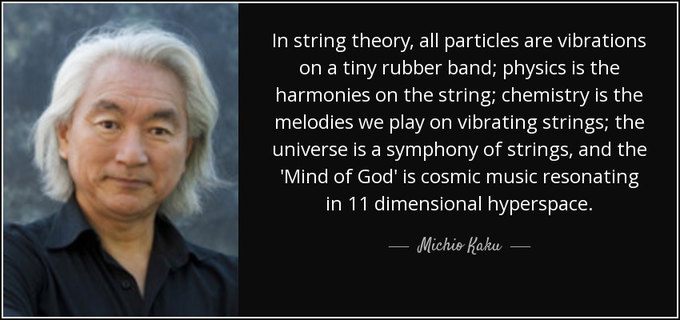 Fundamental strings can be either open with free ends or closed to form a loop. In the activity above, the string is shown as a closed loop.
Fundamental strings can be either open with free ends or closed to form a loop. In the activity above, the string is shown as a closed loop.
Although the fundamental string shown above is depicted as a two-dimensional object, the strings in string theory are one-dimensional. Furthermore, the mathematics describing the strings requires not one or two but 10 or 11 dimensions. We experience the world in three spatial dimensions, but superstring theorists and mathematicians commonly work with many more.
Posted in Science For The New Agewith comments disabled.

